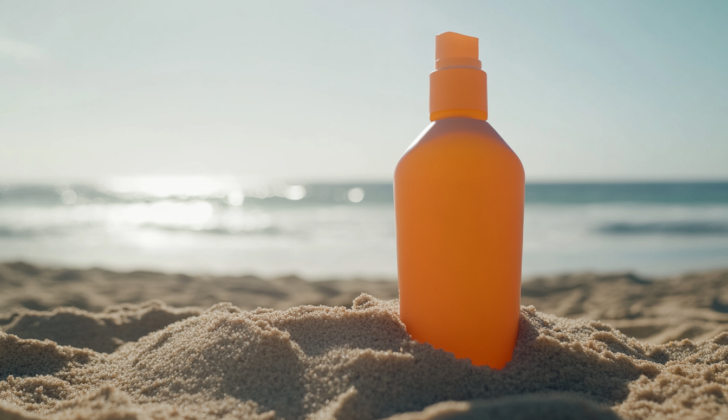What Is the Anti-Sunscreen Movement?
A growing subset of influencers and wellness brands is now discouraging sunscreen use (the anti-sunscreen movement)—claiming it’s toxic, weakens immunity, deprives you of vitamin D, or even causes cancer. They often promote “natural,” DIY alternatives like oils, butters, or sun exposure instead. Supporters frame sunscreen as a harmful product pushed by pharmaceutical companies and beauty cartels .
The Main Claims—And What the Science Says
Claim: “Sunscreen contains harmful chemicals that cause cancer or hormone disruption.”
- Critics point to ingredients like oxybenzone, oxyinoxate, and octocrylene. Some lab-based animal studies hinted at hormone-disrupting effects, but these were at unrealistically high doses.
- In humans, there’s no evidence linking regular sunscreen use to cancer or endocrine disorders. And the risk of UV-induced skin cancer is well-established.
Claim: “Sunscreen causes vitamin D deficiency.”
- Studies show this is unfounded. Most people get enough incidental sun exposure to maintain healthy vitamin D levels, and supplements and fortified foods serve as reliable alternatives.
Claim: “Natural alternatives like homemade lotions or oils are safer.”
- These DIY solutions offer no proven protection against UV radiation, leaving skin vulnerable to damage and skin cancer .
Claim: “The U.S. lags behind with ineffective sunscreens.”
- Indeed, U.S. sunscreens are regulated as over-the-counter drugs, slowing the approval of newer, broad-spectrum filters common in Europe and Asia. However, they still reduce the risk of melanoma and other skin cancers when used properly .
Concern: Environmental impact (reef damage).
-
Ingredients like oxybenzone and octinoxate have been linked to coral bleaching and harm to marine life—prompting bans in places like Hawaii and Palau.
-
Mineral sunscreens (zinc oxide, titanium dioxide) are considered safer for reefs and sensitive skin.
Regulatory uncertainty around ingredient safety.
- The FDA currently recognizes only mineral filters (zinc oxide, titanium dioxide) as Generally Recognized As Safe and Effective (GRASE). Other common active ingredients still await sufficient safety data.
- The Sunscreen Innovation Act (2014) aimed to streamline the FDA review of new ingredients, but progress remains slow.
Influencer and social media misinformation.
- Viral claims about sunscreens containing carcinogenic chemicals or being unnecessary against the sun are frequently debunked by dermatologists. Experts consistently emphasize that UV exposure—not sunscreen—is the real cancer risk.
Is the Anti-Sunscreen Movement Risky?
- Skipping sunscreen means exposure to UVA and UVB rays—causing DNA damage, premature aging, and increased skin cancer risk.
- Many people already underapply sunscreen. Some myths around safety may further discourage its use—or encourage unsafe DIY alternatives.
- Environmental concerns are legitimate, but banning sunscreens without accessible alternatives may inadvertently increase skin damage risks.
The Safe Approach: What You Can Do
Choose broad-spectrum sunscreen (SPF 30+) and apply correctly.
- Reapply every two hours, and always after swimming or sweating. High SPF doesn’t excuse poor application.
Prefer mineral formulas if concerned about safety or the environment.
- Zinc oxide and titanium dioxide are less likely to irritate skin and are safer for reefs.
Use additional protection strategies.
- Wear protective clothing, wide-brimmed hats, and sunglasses in conjunction with sunscreen.
Stay informed—scrutinize social media claims.
- Not all “wellness influencers” are qualified. Trust credible dermatological and scientific sources, and look for bans of ingredients based on reef safety rather than human health inaccuracies.
Final Thoughts
The anti-sunscreen movement plays on fears—vague toxicity claims, tech distrust, and environmental activism. But mainstream science and dermatological guidance confirm: sunscreen is both safe and essential when used correctly. Skipping it, or replacing it with unproven alternatives, risks sunburn, aging, and potentially deadly skin cancer.












